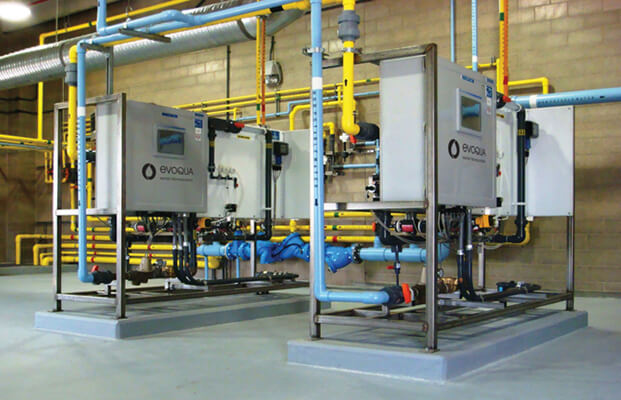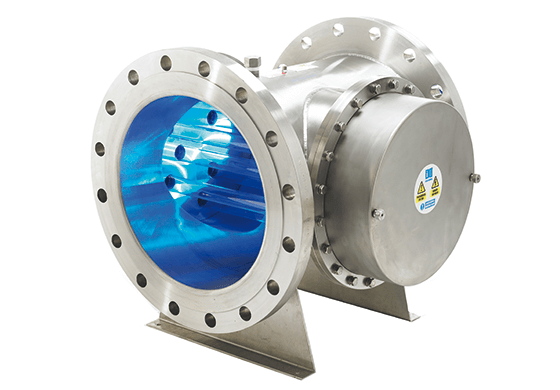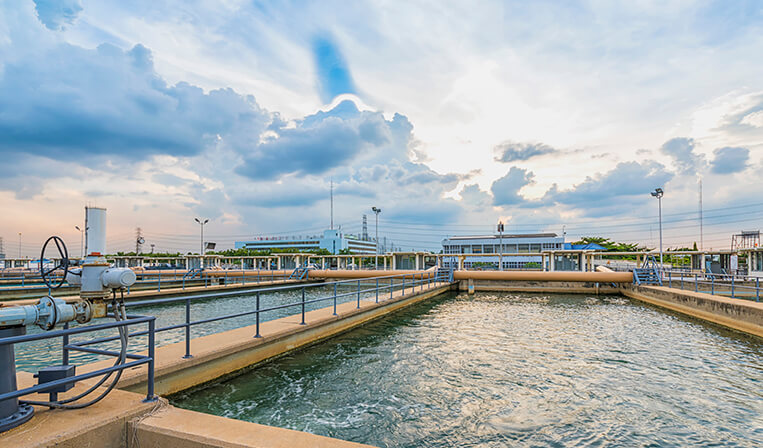What is the Disinfectants and Disinfection Byproducts Rule?
Trihalomethanes (THMs) and Haloacetic acids (HAA) are produced when chlorine reacts with natural organic matter in the water. The identification of these disinfection byproducts (DBPs) in chlorinated water has led to concerns over potential health effects, such as reproductive issues and cancer. The Disinfectants and Disinfection Byproducts Rule (DBPR) set a maximum containment level (MCl) of 0.08 mg/L for THMs in drinking water and 0.06 mg/L for HAA5.
In contrast with chlorine, neither chlorine dioxide nor ozone react with naturally occurring organic materials to form THMs or HAA5. These technologies actually prevent the formation of THM and HAA5 by oxidizing their precursors. As a result, chlorination may be moved downstream after most of the nominal organic matter has been removed.
In addition to chlorine dioxide or ozone, ultraviolet (UV) light can be used to provide primary disinfection since it does not lead to THM and HAA5 formation. Evoqua offers a range of chlorine dioxide, ozone and UV solutions that can help you maintain compliance with the Stage 2 Disinfection Byproducts Rule.
Learn more by exploring our technology solutions below.





